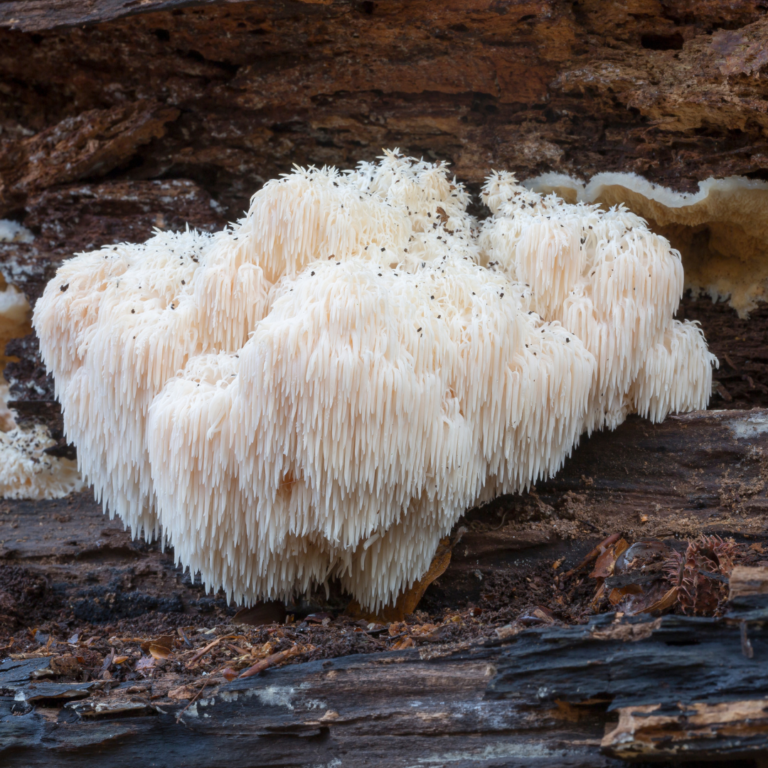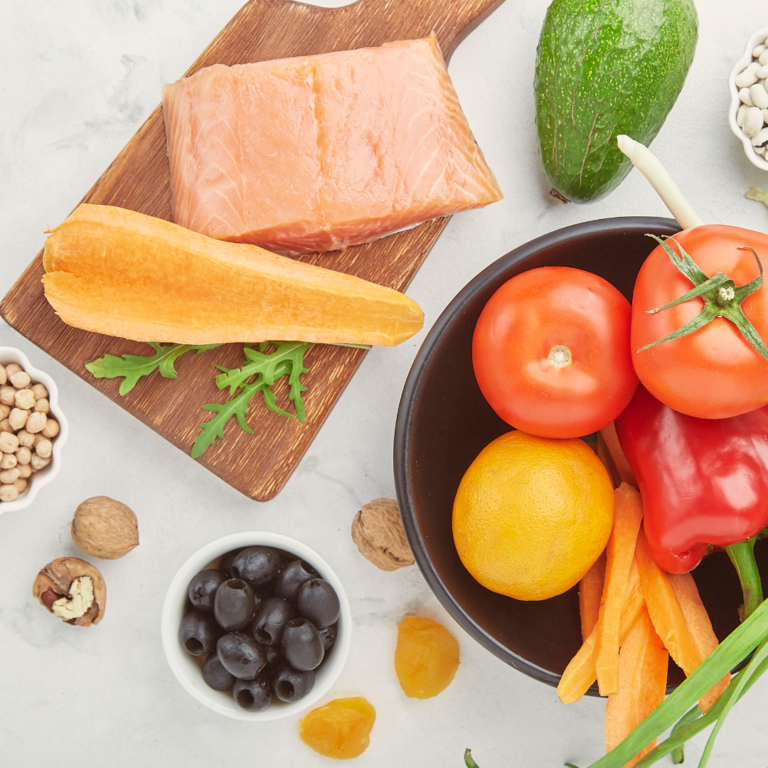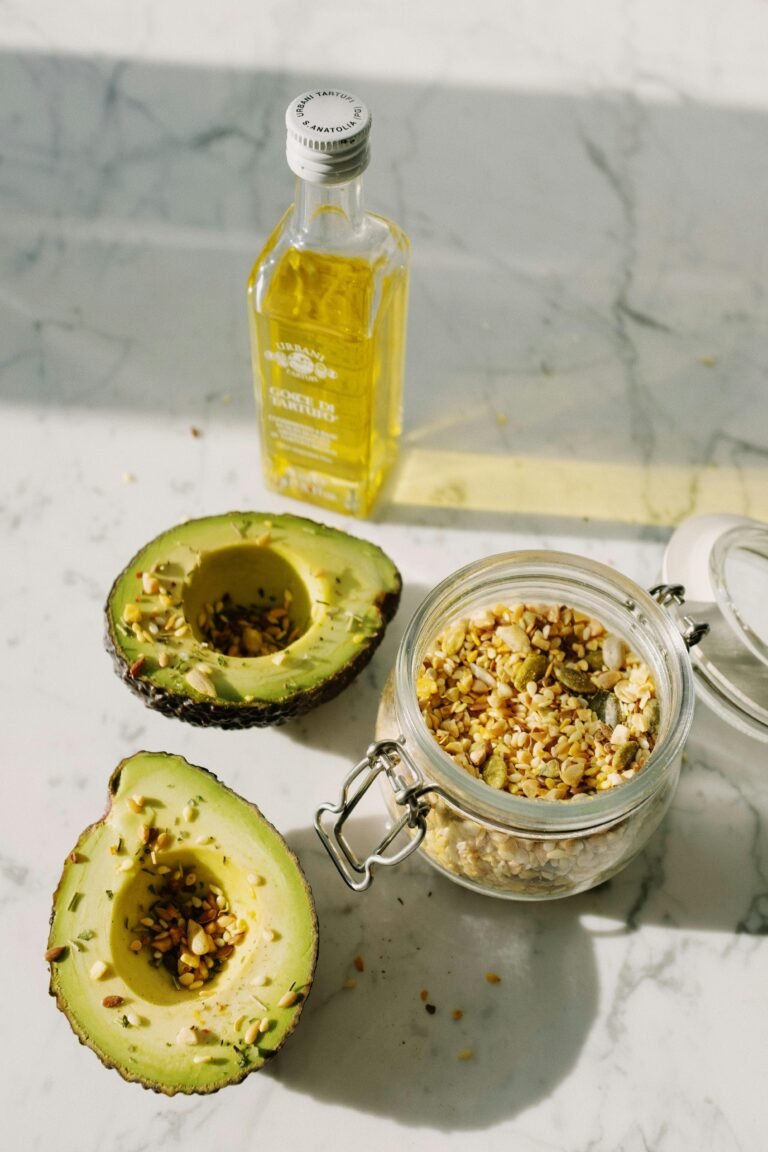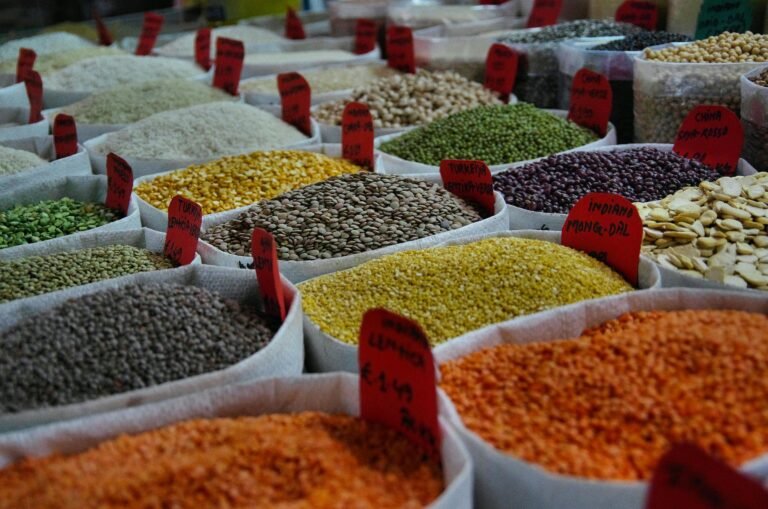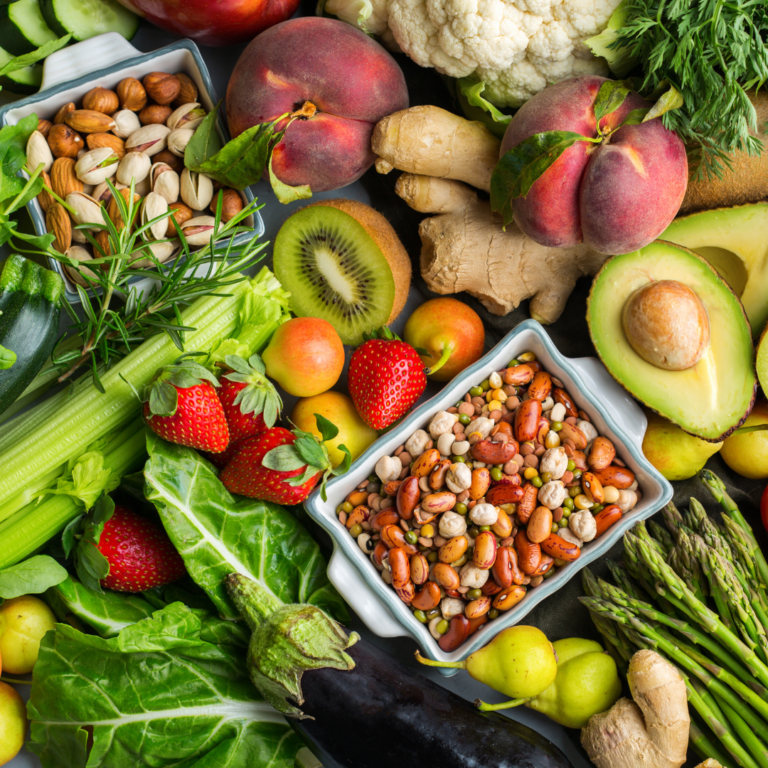Top Gluten-Free Grains for a Balanced and Healthy Lifestyle
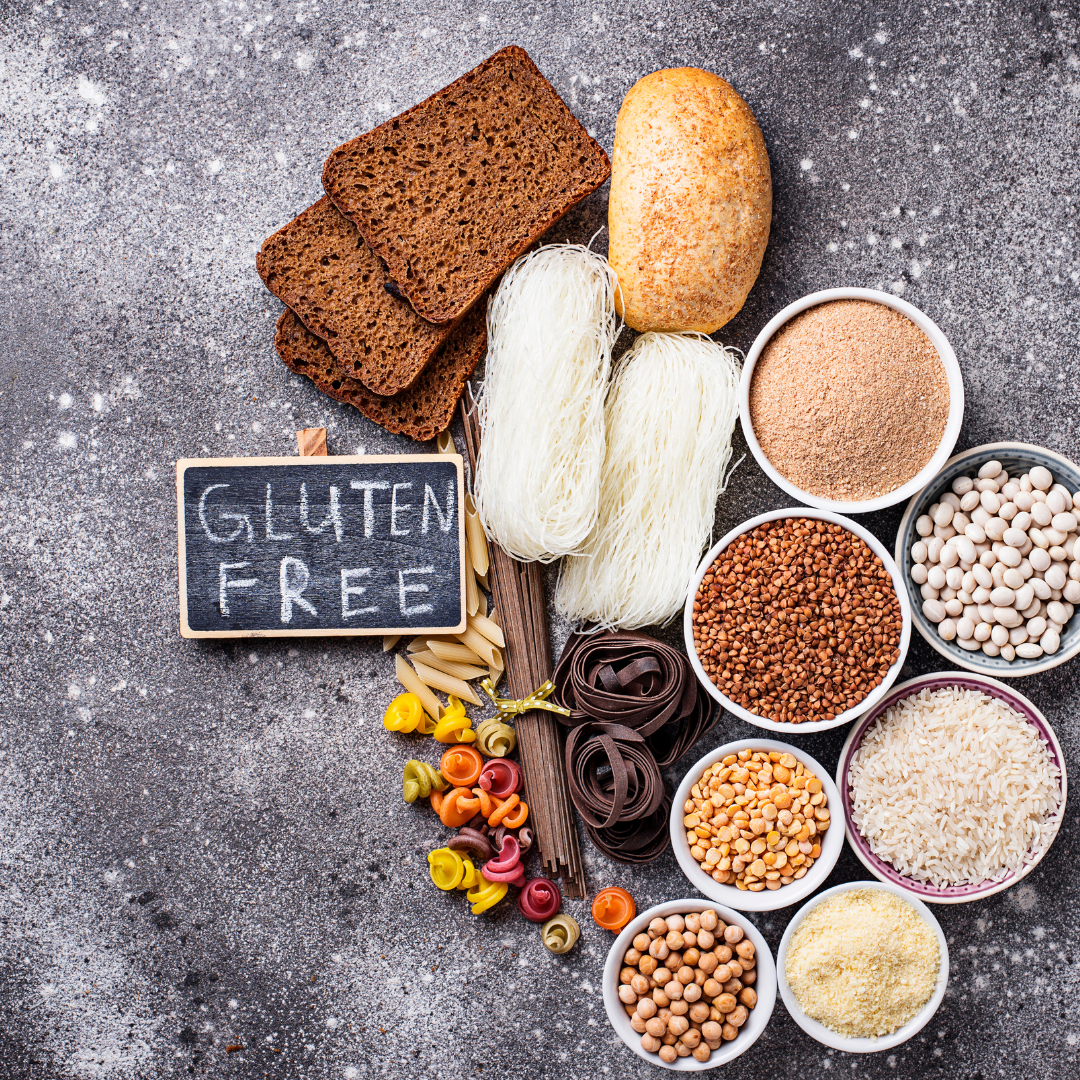
- What is Gluten and Why Go Gluten-Free?
- Nutritional Benefits of Gluten-Free Grains
- Top Gluten-Free Grains for a Balanced and Healthy Lifestyle
- Practical Tips for Incorporating Gluten-Free Grains into Your Diet
- Potential Challenges and How to Overcome Them
- Conclusion
In recent years, gluten-free diets have surged in popularity, driven by an increasing awareness of gluten-related health issues and the benefits of going gluten-free. Whether you have celiac disease, gluten sensitivity, or are simply looking to improve your diet, choosing the right gluten-free grains is essential for maintaining a balanced and healthy lifestyle.
This blog post will guide you through the nutritional benefits of various gluten-free grains and how to incorporate them into your diet, ensuring you get the nutrients you need without compromising on taste or variety.
What is Gluten and Why Go Gluten-Free?
Gluten is a protein found in wheat, barley, rye, and related grains. It gives dough its elasticity and helps bread rise, but for some people, gluten can cause significant health issues. Celiac disease, an autoimmune disorder, triggers an immune response to gluten, damaging the small intestine and leading to nutrient malabsorption. Other individuals may experience non-celiac gluten sensitivity, with symptoms like bloating, diarrhea, and fatigue.
Even if you don’t have a diagnosed gluten-related condition, some people find that reducing or eliminating gluten from their diet can lead to improved digestion, increased energy levels, and better overall health. However, it’s crucial to replace gluten-containing grains with nutrient-dense, gluten-free alternatives to maintain a balanced diet.
Nutritional Benefits of Gluten-Free Grains
Gluten-free grains offer a wealth of nutrients that contribute to a healthy diet. Many of these grains are whole grains, meaning they contain all parts of the grain—the bran, germ, and endosperm—retaining their fiber, vitamins, and minerals. These grains can be an excellent source of complex carbohydrates, protein, and essential micronutrients like magnesium, iron, and B vitamins.
Incorporating a variety of gluten-free grains into your diet can help improve heart health, aid digestion, and provide sustained energy throughout the day. Additionally, many gluten-free grains are rich in antioxidants, which help combat oxidative stress and reduce inflammation in the body.
Top Gluten-Free Grains for a Balanced and Healthy Lifestyle
Quinoa
Quinoa is one of the most popular gluten-free grains, and for good reason. This ancient grain is a complete protein, meaning it contains all nine essential amino acids that the body cannot produce on its own. It’s also rich in fiber, magnesium, B vitamins, iron, potassium, calcium, phosphorus, vitamin E, and various beneficial antioxidants. Quinoa’s versatility in cooking makes it an excellent substitute for grains like couscous or rice. You can use it in salads, as a base for grain bowls, or even as a breakfast porridge.
Brown Rice
Brown rice is a whole grain that is naturally gluten-free. Unlike white rice, brown rice retains its bran and germ, which means it’s higher in fiber and essential nutrients like magnesium and selenium. Eating brown rice has been linked to a lower risk of heart disease, diabetes, and certain cancers. It’s a versatile grain that can be used in a variety of dishes, from stir-fries to soups, or simply as a side dish.
Sorghum
Sorghum is an ancient cereal grain that is naturally gluten-free. It’s packed with nutrients, including protein, fiber, and B vitamins. Sorghum is particularly high in antioxidants, which help reduce inflammation and protect against chronic diseases like heart disease and cancer. This grain can be popped like popcorn, used as a flour in gluten-free baking, or cooked whole and added to salads and grain bowls.
Buckwheat
Buckwheat, despite its name, is not related to wheat and is entirely gluten-free. It’s rich in fiber, protein, and a variety of antioxidants, particularly rutin and quercetin, which have anti-inflammatory and cholesterol-lowering properties. Buckwheat is commonly used in soba noodles, but it can also be ground into flour for pancakes or baked goods, or cooked as a whole grain for salads and porridge.
Teff
Teff is one of the smallest grains in the world, but it’s packed with nutrition. High in protein and fiber, teff also provides a good amount of calcium, iron, and magnesium. It has a slightly nutty flavor and can be used in baking or cooked into a porridge. Teff is a staple in Ethiopian cuisine, often used to make injera, a traditional fermented flatbread.
Amaranth
Amaranth is a nutrient-dense grain that was once a staple food of the Inca, Maya, and Aztec civilizations. It’s rich in protein, particularly lysine, an amino acid often lacking in grains. Amaranth is also high in fiber, iron, and calcium. It can be cooked like rice, popped like popcorn, or ground into flour for gluten-free baking. Amaranth has a slightly earthy flavor, making it a great addition to soups, stews, and porridges.
Oats (Certified Gluten-Free)
Oats are a fantastic source of soluble fiber, particularly beta-glucan, which helps lower cholesterol levels and stabilize blood sugar. However, oats are often cross-contaminated with gluten during processing, so it’s essential to choose oats labeled as certified gluten-free. You can enjoy oats in traditional oatmeal, baked goods, or as a topping for yogurt and smoothie bowls.
Millet
Millet is a small, round grain that is naturally gluten-free and has a mildly sweet, nutty flavor. It’s rich in magnesium, phosphorus, and antioxidants, and has a low glycemic index, making it a good choice for managing blood sugar levels. Millet can be used as a base for salads, in porridge, or as a substitute for rice in many dishes.
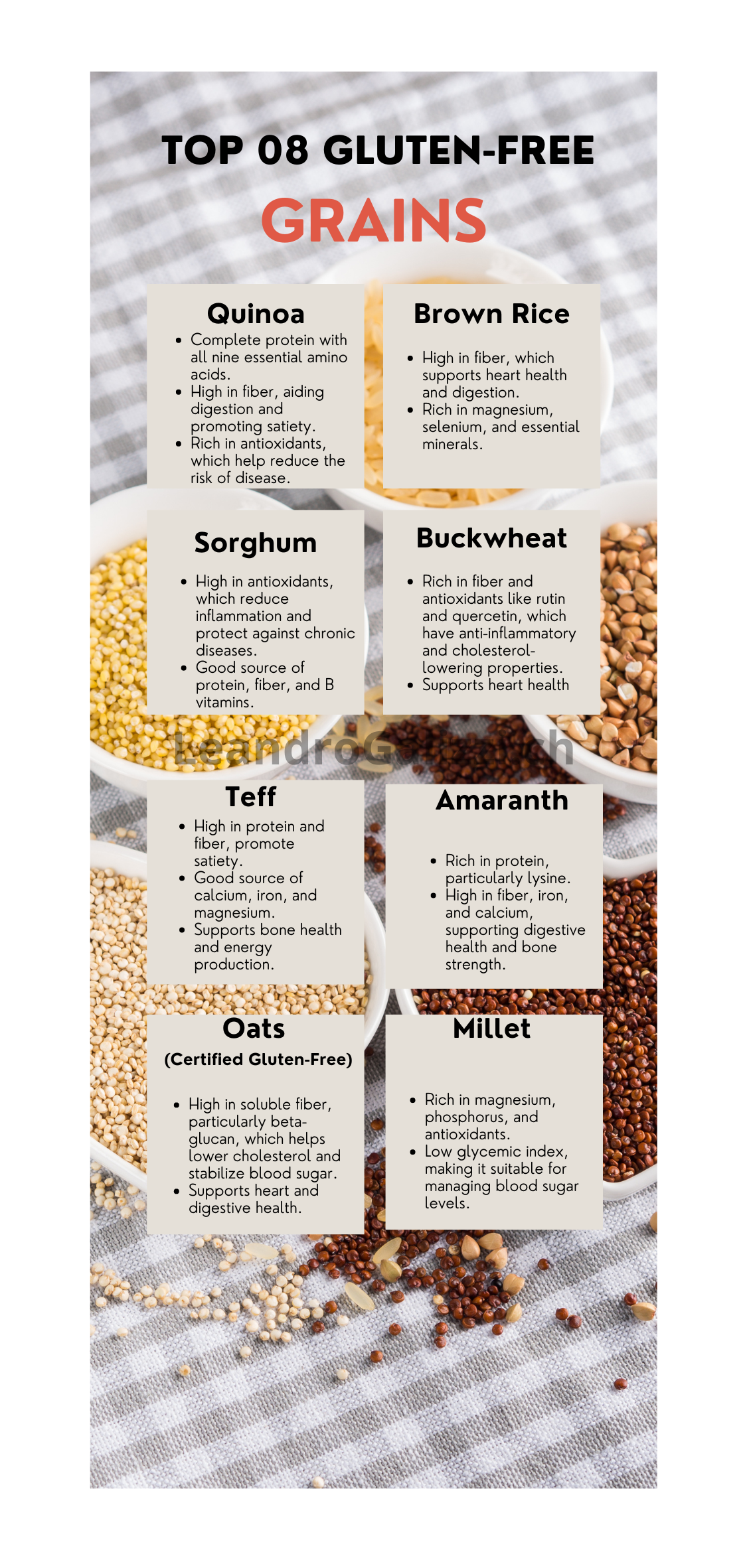
Practical Tips for Incorporating Gluten-Free Grains into Your Diet
Incorporating gluten-free grains into your diet doesn’t have to be difficult or time-consuming. Here are some simple tips to help you get started:
- Swap gluten-containing grains: Replace traditional grains like wheat, barley, and rye with gluten-free options such as quinoa, brown rice, and sorghum. These grains can be used in similar ways, making the transition smoother.
- Batch cooking: Cook large batches of gluten-free grains at the beginning of the week. Store them in the refrigerator to use as a quick base for salads, stir-fries, or as a side dish throughout the week.
- Experiment with recipes: Try adding amaranth or teff to your baking recipes for a nutritional boost. These grains can add texture and flavor to your favorite gluten-free bread, muffins, or pancakes.
- Include in breakfast: Start your day with a bowl of gluten-free oatmeal or a millet porridge. Add your favorite toppings like fresh fruit, nuts, and seeds for added nutrients and flavor.
- Mix and match: Combine different gluten-free grains to create a variety of flavors and textures in your meals. For example, mix quinoa and brown rice for a hearty side dish or combine millet with sorghum for a unique grain bowl.
Potential Challenges and How to Overcome Them
Switching to a gluten-free diet can present some challenges, but with the right strategies, you can overcome them easily:
- Cross-contamination: Gluten-free grains can be contaminated with gluten during processing. To avoid this, always purchase grains labeled as certified gluten-free, and keep your kitchen utensils, surfaces, and storage containers separate from those used for gluten-containing foods.
- Finding gluten-free products: While gluten-free grains are becoming more widely available, they may not be present in every grocery store. Consider shopping at health food stores, ordering online, or exploring local farmers’ markets for a wider variety of gluten-free grains.
- Cooking unfamiliar grains: Some gluten-free grains, like teff or amaranth, may be unfamiliar to you. Start with small quantities, and experiment with different cooking methods and recipes to find what you like best. There are plenty of resources and recipes online to guide you.
- Ensuring balanced nutrition: When cutting out gluten, it’s important to ensure you’re still getting all the nutrients you need. Focus on a diverse diet that includes a variety of gluten-free grains, fruits, vegetables, lean proteins, and healthy fats.
Conclusion
Incorporating gluten-free grains into your diet is a fantastic way to enjoy a balanced and healthy lifestyle, whether you’re gluten-intolerant or simply seeking to diversify your meals. With a wide variety of nutrient-dense options like quinoa, brown rice, sorghum, and millet, you can easily create delicious, satisfying dishes that support your health and well-being.
Experiment with different grains, try new recipes, and embrace the benefits of a gluten-free diet. By making thoughtful choices and planning ahead, you can enjoy a diverse, nutritious, and flavorful diet without gluten.
If you’ve enjoyed this guide, consider sharing your favorite gluten-free grain recipes or tips. Let’s continue the conversation on how to make gluten-free living both easy and enjoyable!
References
Brown Rice and Health: Scientific Review
Buckwheat: Nutritional and Health Benefits
The Nutritional Properties of Teff
Amaranth and Its Health Benefits
Sorghum: A Comprehensive Review

